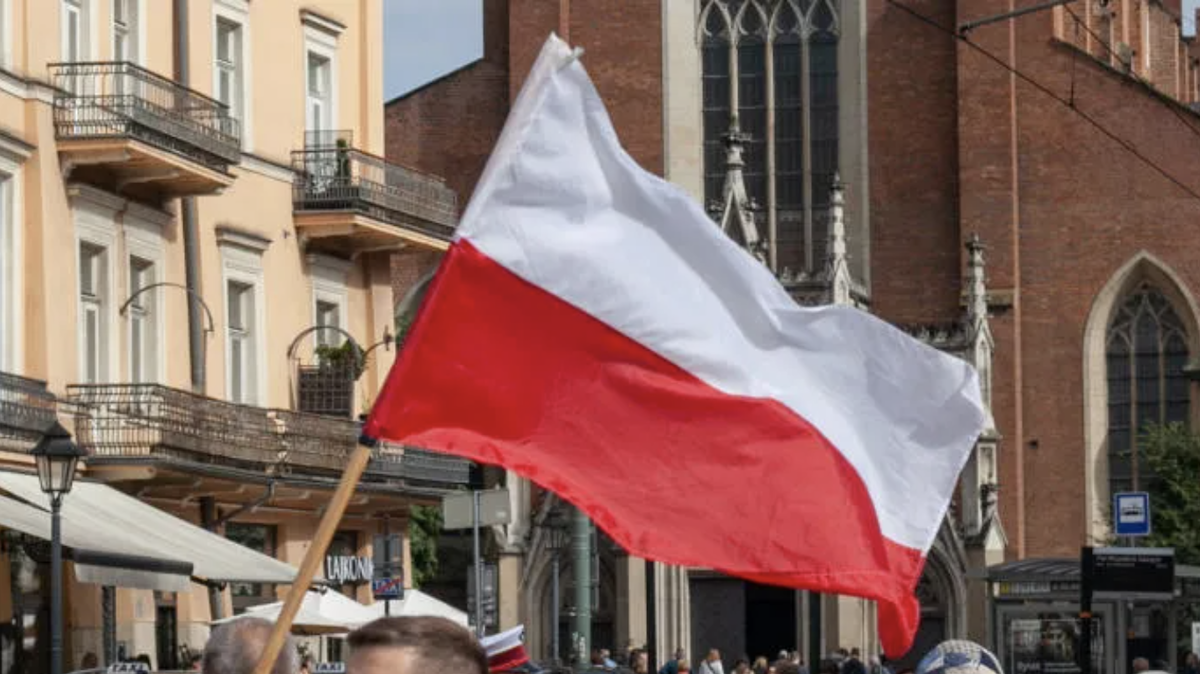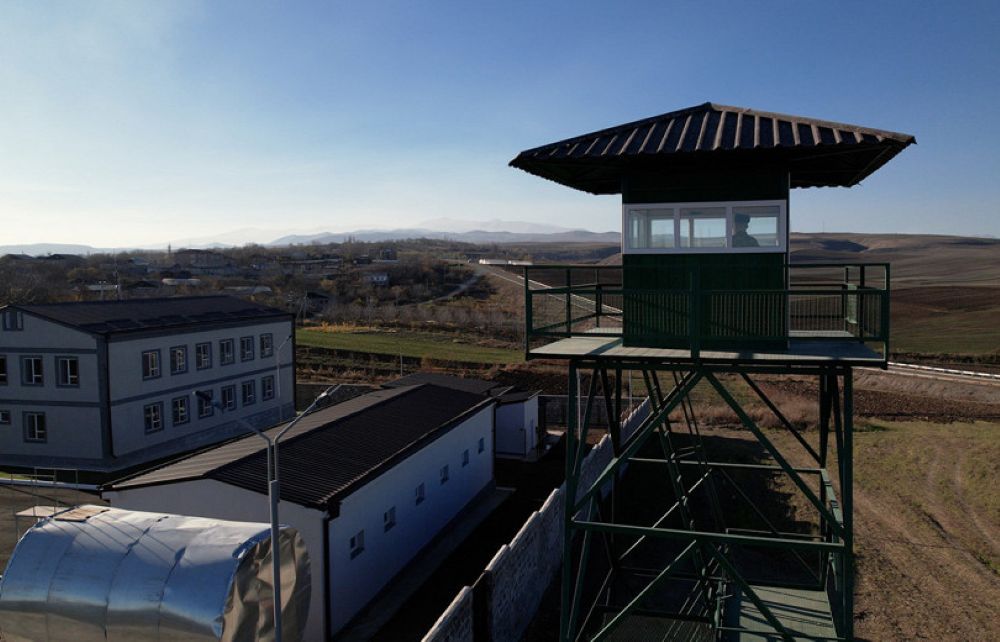'Black gold' of Armenia: How can copper boost the Armenian economy?
Possible ways of overcoming the economic crisis are now being discussed in Armenia and using the existing copper reserves is among them.
The well-known American investment bank Goldman Sachs released a forecast for copper prices, in which it called the metal the “black gold” of the 21st century, and predicted that its price will reach $ 15,000 per ton by 2025 while the prices right now have already broken through the $ 10,000 mark. Over the past year, copper has risen in price by more than 100% which inspired some hope for countries with large copper reserves, including Armenia.
The country exploits several deposits, the largest of which is located in the south of Armenia. Zangezur Copper-Molybdenum Combine is the largest taxpayer in the country, and copper ranks first in the list of Armenia’s exported goods.
This article will assess the reserves available in the country, whether Armenia can export pure copper, whether it is possible to organize a full cycle of copper processing in the country, and what investments will be required for this.
- Cost of living rises steeply in Armenia
- ‘Made in Armenia’: the struggle of local producers for a place in their own market
How much copper does Armenia have?
If the current rates of extraction of copper ore at the Zangezur Copper-Molybdenum Combine are maintained, the reserves in the Kajaran deposit, which it is developing, will be enough for the next 120 years.
Experts believe that the country’s deposits contain about 20 billion tons of the mineral, the share of copper in which is 0.25%.
After beneficiation, copper ore is obtained with a copper content of 25-27%. It is in this form that Armenia exports copper.
The second-largest field is Teghut located in the north of the country. The reserves here will last for 40 years, and the concentration of copper is higher than in the south – about 35%, while in the world in general, this figure exceeds 50%.
There are several more deposits, including one in Nagorno-Karabakh, but the volumes of production are still incomparable with those of Qajaran and Teghut.
Experts note that the geology in the country has been sufficiently explored and one can hardly count on the discovery of new deposits. But even the existing reserves make Armenia a major exporter of copper and allow the country to hope for significant inflow of funds.
Why will copper prices continue to rise?
A sharp increase in copper prices does not have a speculative aspect, as was the case in the past. Experts explain the current changes in the copper market by a significant discrepancy between supply and demand. In simple terms, there are many more people who want to buy this metal on international markets than the material itself.
The study of deposits in various countries proves that this phenomenon is not accidental, says Armen Ktoyan, head of the Department of Statistics of the Armenian State Economic University:
“Over the past 30 years, about 200 large deposits have been commissioned around the world. Over the past 10 years, only 10-15. Over the past 5 years, only one large deposit has been exploited”.
This leads to the conclusion that the share of copper on the market will continue to decline, or at least remain at the current level. In parallel with this, rapid growth in demand is projected worldwide.
The demand for copper is growing, as this metal is used in two other dynamically developing areas – in the production of cars with electric motors and in alternative energy.
“The production of solar energy today requires 2-3 times more copper. Production of electric cars – 4 times. The trend shows that prices will continue to rise. It is hard to say whether it will reach 15,000, but Armenia can expect an inflow of significant dividends”, Armen Ktoyan said.
Is it possible to establish a full production cycle?
Amidst the sharp rise in copper prices in Armenia, high-level discussions have been held about the possibility of processing copper ore and opening a copper smelter. Such production in the country existed city of Alaverdi during the Soviet era and lasted for a while after the country gained its independence.
However, due to environmental problems, it had to be closed. As a result, hundreds of people lost their jobs, and the city of Alaverdi lost its only significant source of income.
“There is currently no full cycle of copper processing in Armenia. However, the reserves that the country has are sufficient to allow us to have a copper smelter. The reserves will be enough for the production of up to 100,000 tons of copper”, says Armen Hovhannisyan, head of the Department of Mining Metallurgy and Chemical Technologies of the National Polytechnic University.
This is not the first time that such a possibility has been discussed in Armenia. It was said that the government was officially negotiating with Chinese investors. However, no concrete steps were agreed.
The creation of a full cycle of copper production is fraught with difficulties, which in the case of Armenia are virtually impossible to solve without the active participation of the state.
The first issue is ecological. As a result of the processing of this metal, sulfuric acid is released in large quantities, which must either be collected or released into the atmosphere.
In the second case, an ecological catastrophe is inevitable which is why copper smelters need to also collect and process sulfuric acid.
“We need to collect sulfuric acid and think about selling it. We do not have a market for this”, notes Armen Ktoyan.
In order to sell it, tanks made of special materials are required, and a well-functioning transport chain on the railway is needed so that there are no risks of accidents. All this makes copper production even more expensive.
The second option is to organize the processing of sulfuric acid on site, however, this too requires additional investments.
What scale of investments should be attracted?
In addition to the environmental risks, the establishment of a full cycle also requires significant investments. Various sources report that a figure of $ 400 million may be required. In order for investors to be interested in the project, certain guarantees from the state are necessary, primarily in the issue of providing raw materials.
“Our factories are private. The copper smelter can only be opened if the mines agree to give all their raw materials to the plant. Otherwise, it is impossible to ensure the production of 100,000 which is the bare minimum volume of production which would make the creation of such a plant profitable”, Armen Hovhannisyan explains.
However, the difficulties do not make the establishment of a full cycle of copper processing in the country any less attractive.
Calculations show that such a capacity will lead to greater profits.
“Over the last year, Armenia has exported 650 million worth of copper ore and with further processing abilities and subsequent export, this amount would be twice as much”, Armen Ktoyan believes.
The role of the mining industry in the Armenian economy
Despite numerous statements about the need to reform the industry and abandon the exploitation of the most problematic deposits, mining continues to play an important role in the Armenian economy. Its share in the country’s GDP ranges from 2.8% to 3.2%.
In the context of a pandemic and the grave consequences of the second Karabakh war, the Armenian economy will not be able to afford to abandon existing mines and will focus on opening new ones, experts say.
Economist Vahagn Khachatryan emphasizes the importance of opening a copper smelter in Armenia, this, however, must be in accordance with international standards. By doing this, the country will create additional value in the form of pure copper production and new jobs:
“We need a mining industry, which will clearly show everyone that minerals are mined for the sake of improving the well-being of the country’s citizens, and not for the enrichment of a few people. This is an environmentally friendly mining industry, and, it should, of course, have a full production cycle”.


















